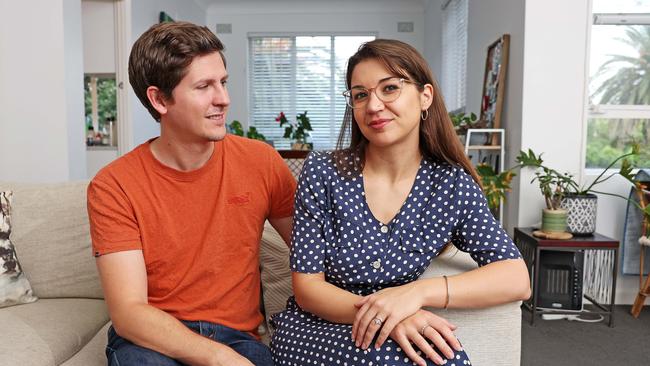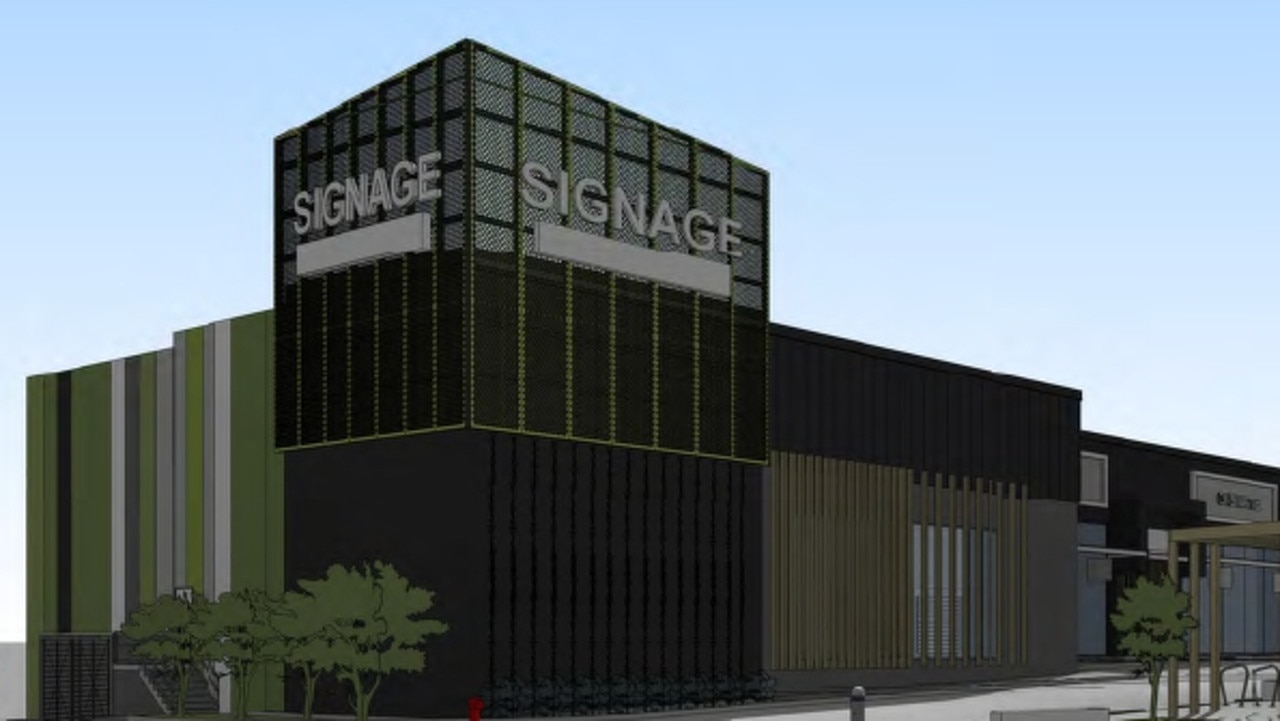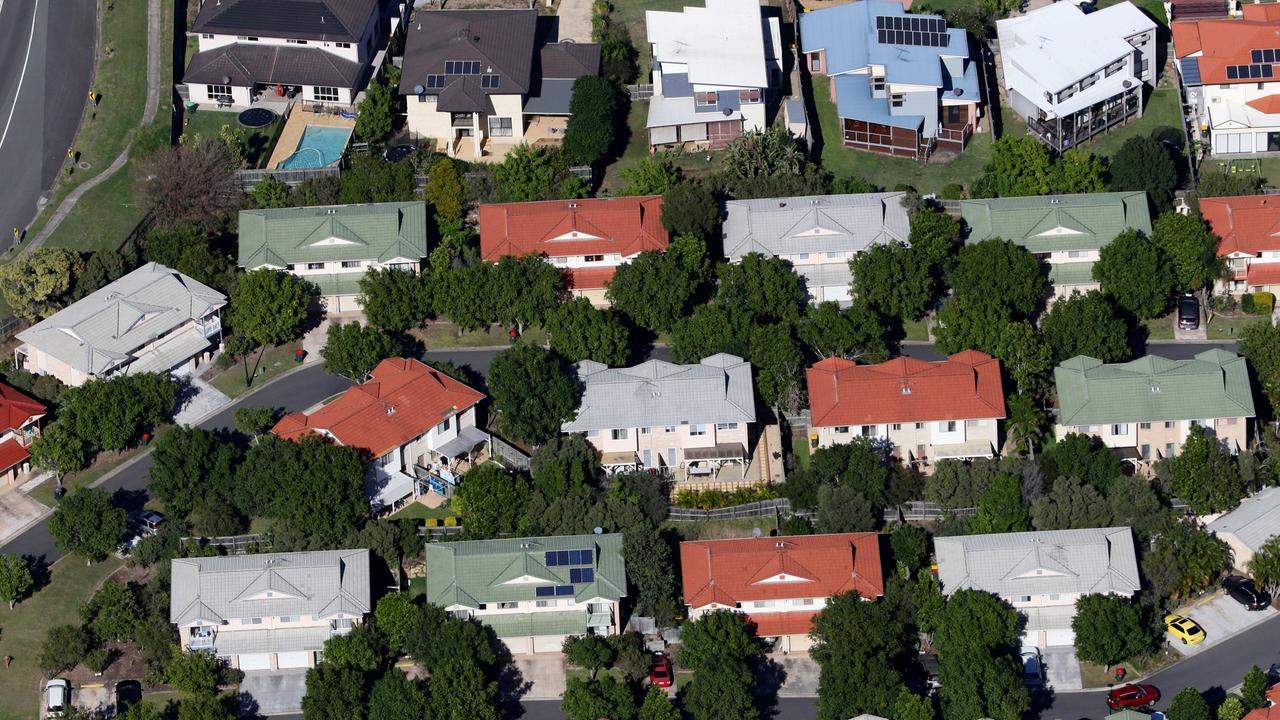How to get Rent Assistance and state-based financial help for renters
Aussies struggling to pay the rent may be eligible for financial help as affordability hits a new low across the country. See what’s on offer in your state.
Property
Don't miss out on the headlines from Property. Followed categories will be added to My News.
Rent Assistance is barely scratching the surface when it comes to helping Aussies battle the rental crisis, housing experts have warned.
The most recent figures from the Australian Institute of Health and Welfare show that out of the almost 1.3 million Australians receiving Commonwealth Rent Assistance (CRA) in 2022-23, more than 42 per cent were still in rental stress.
Those that did receive CRA made up a small proportion of the country’s renters.

According to a 2022 Productivity Commission report into housing, about 29 per cent of private renter households received CRA in 2019-20 while just over half of low-income private renter households were eligible for the payment.
It comes as rental affordability hits its worst level in 17 years. PropTrack data shows rents have gone up a whopping 38 per cent since the start of Covid, while, in contrast, household income has increased by 19 per cent.
The PropTrack 2024 Rental Affordability Report shows just 39 per cent of listings advertised during the second half of 2023 were considered affordable for a household earning the median wage of $111,000.

This was the smallest share of rentals since 2008, when PropTrack’s records began.
While the rate of CRA was increased by 15 per cent last year, the Grattan Institute’s Economic Policy deputy program director Joey Moloney said a 40 per cent increase would have been more appropriate to meet rising rents. He said eligibility requirements should have also been widened to include low-income renters not receiving welfare payments.
“It is limited in how much it can help those facing big rent increases right now,” Mr Moloney said. “Not all private renters receive the payment, and nearly 80 per cent of those that do are already on the maximum payment, so won’t get any extra even if their rent shoots up.”

Tenants’ Union of NSW Chief Executive Officer Leo Patterson Ross said even in NSW where about 15,000 households a year can access additional state government rental subsidies, there are “few hardship protections built in.”
“Many low wage workers are receiving no support at all,” he said. “The only choice has become about how much to compromise on the quality of housing.”
WHAT IS RENT ASSISTANCE?
Commonwealth Rent Assistance (CRA) is a non-taxable Centrelink payment, usually paid fortnightly to eligible recipients.
It’s a supplementary payment, designed to give low income households already receiving Centrelink payments a helping hand by providing extra cash to help with the cost of living.

WHO CAN GET RENT ASSISTANCE?
To be eligible, families or individuals must be privately renting or living in community housing and be receiving either a social security payment that is more than the base rate of Family Tax Benefit Part A or an eligible veterans’ income support payment. Types of payments include JobSeeker, Youth Allowance, ABSTUDY and the Age Pension.
The amount of rent paid must also be above a specified threshold, which varies depending on relationship status and number of dependent children. A single person without kids needs to pay at least $143.40 fortnightly rent while a couple with three kids needs to pay at least $278.46 fortnightly rent to receive CRA.

HOW MUCH RENT ASSISTANCE CAN YOU GET?
CRA is paid at 75 cents for every dollar of rent you pay above the minimum threshold up to the maximum rate. The minimum threshold and maximum rates vary according to the household or family situation, including the number of children as well as the type of primary payment received.
The max fortnightly payment for a single with no kids is $184.80 while a couple with three kids could receive as much as $245.42.

HOW DO YOU APPLY FOR RENT ASSISTANCE?
There is no formal application process for CRA, rather you are assessed as part of the process for claiming a social security payment. You may be required to provide a copy of your lease or fill out a Rent Certificate to prove how much rent you pay.
STATE-BASED RENTAL HELP
All states offer bond loans for struggling renters while rental grants are available in New South Wales, Queensland, South Australia and Tasmania. Tasmania will pay the moving costs for eligible Healthcare Card holders.

In NSW, some renters may be eligible for up to three years of subsidised rent if they are escaping domestic violence, are a war veteran or a young person aged 16-24 or have suffered a major financial setback. The recipient typically pays a starting rate of 25 per cent of their weekly income plus all CRA they receive towards their rent and the NSW Government covers the rest.
Renters can find out more about state-based rental help by visiting my.gov.au and searching “Government help if you’re renting.”




